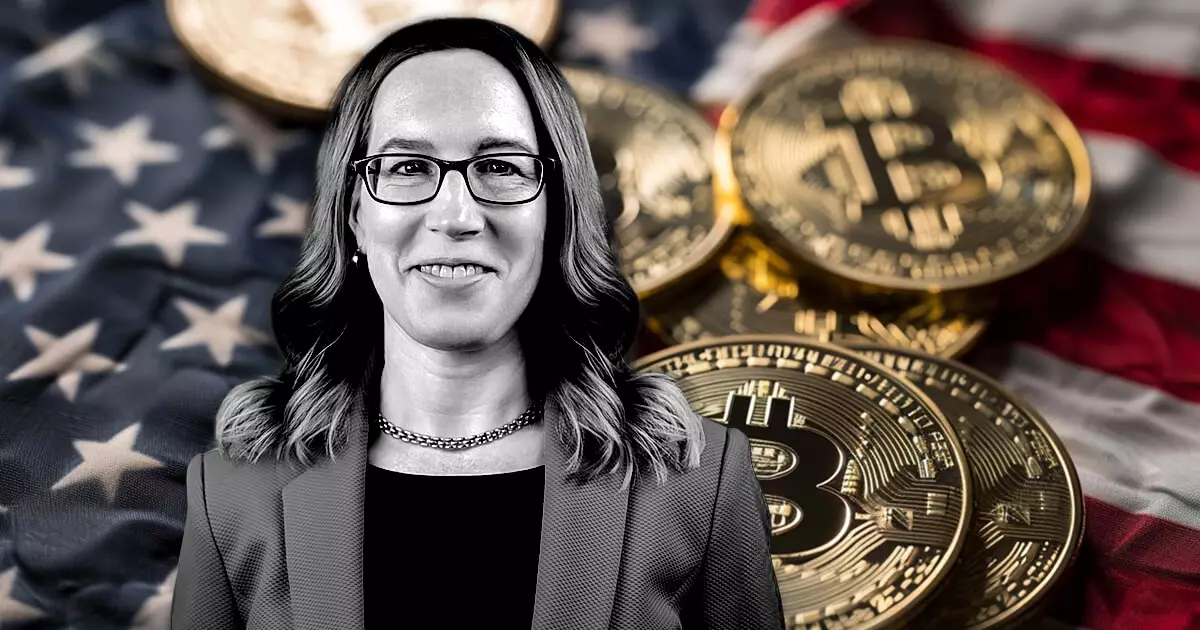SEC Commissioner Hester Peirce has been vocal about her concerns regarding the SEC’s Staff Accounting Bulletin No. 121 (SAB 121). In a recent speech by SEC Chief Accountant Paul Munter, it was reiterated that the Commission’s stance on SAB 121 has not wavered. Despite the increasing attention on the regulation, the SEC staff maintains that entities must record liabilities on their balance sheets to account for their responsibility in safeguarding digital assets held for others.
Munter highlighted certain exceptions to this rule, such as bank-holding companies that safeguard crypto with bankruptcy protection and broker-dealers who facilitate crypto transactions without control over cryptographic keys. However, these exceptions have not quelled the industry’s concerns, with many believing that SAB 121 extends beyond the SEC’s jurisdiction.
The introduction of SAB 121 has sparked controversy within the industry, leading to attempts by US lawmakers to overturn the SEC’s guidance earlier this year. However, President Joe Biden vetoed the repeal, indicating a divide between regulatory bodies and industry stakeholders. The debate has intensified as the implications of SAB 121 continue to be scrutinized by experts and professionals.
Reiteration of Concerns by Peirce and Industry Experts
Following Munter’s speech, Commissioner Peirce reiterated her reservations about both the content and process of SAB 121, calling for stakeholders to engage in a dialogue on the policy. Nate Geraci, president of the ETF Store, criticized the SEC for hindering regulated financial institutions from providing custody services for digital assets. This sentiment underscores the broader industry sentiment that the SEC’s regulations may be impeding innovation and growth within the crypto sector.
The ongoing debate surrounding SEC’s Staff Accounting Bulletin No. 121 reflects the complexities and challenges of regulating the fast-evolving crypto industry. While the SEC aims to enhance transparency and risk management through SAB 121, concerns about overreach and stifling innovation persist. It is evident that finding a balance between regulatory oversight and fostering technological advancements remains a key challenge for policymakers and industry participants alike.


Leave a Reply